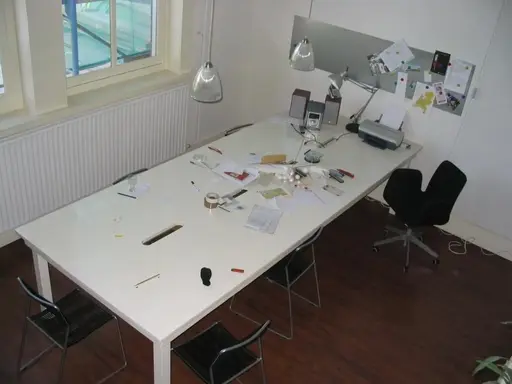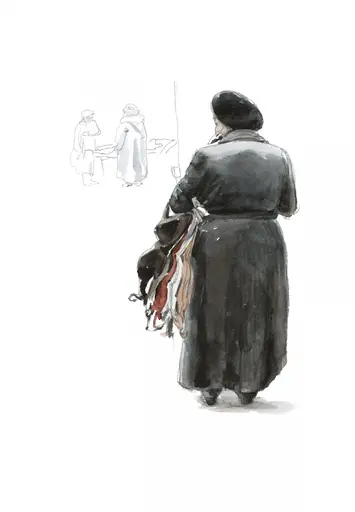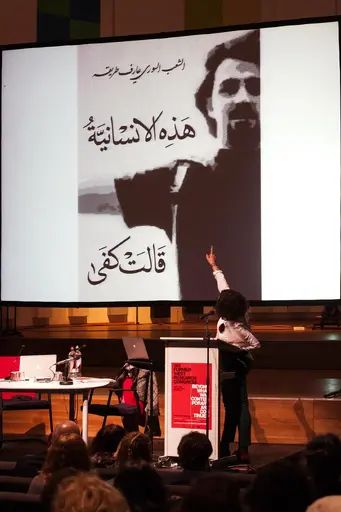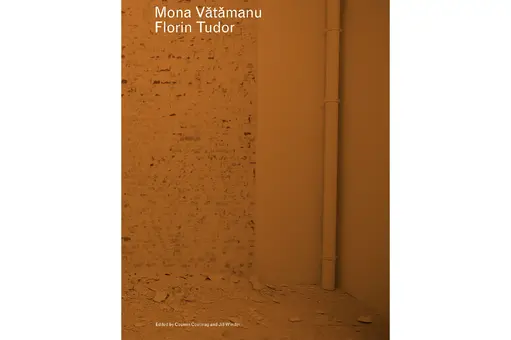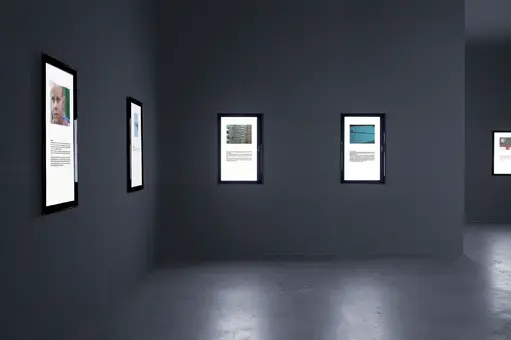David Riff
writer, artist, and curator, Moscow/Berlin
David Riff (born 1975) is an art critic and artist. He is a member of the work group Chto delat and was co-editor of the newspaper of the same name from 2003 to 2008. Riff currently works as contributing editor of the arts section of the online porta
David Riff (born 1975) is an art critic and artist. He is a member of the work group Chto delat and was co-editor of the newspaper of the same name from 2003 to 2008. Riff currently works as contributing editor of the arts section of the online portal openspace.ru and teaches art history at the Rodchenko School of Photography in Moscow. He has published two monographs on late Soviet artists Vadim Sidur (2000) and Vladimir Yankilevsky (2002). More recently, he has written on post-Soviet contemporary art in publications such as documenta 12 magazines, Flash Art, Moscow Art Magazine, Rethinking Marxism, Springerin, and Third Text. In addition Riff has worked extensively as a translator in the field of contemporary art and is active in artistic collaborations. Together with Dmitry Gutov he contributed to the 52nd Venice Biennale in 2007 with the long-term project The Karl Marx School of the English Language. In November 2009 Riff contributed to the 1st Former West Congress, organized by BAK in Utrecht. Riff lives and works in Moscow.During his stay at BAK, David Riff continues his ongoing research into the so-called original accumulation of capital (Marx) or “accumulation by dispossession” (David Harvey), and how its different phases relate to the production of the images, spaces, and contexts of art, especially in the situation of post-socialist privatizations taking place since 1989 in Russia. This research is related to Riff’s function as a curatorial correspondent and participating artist in the project Principio Potosi at the Reina Sofía (Former West institutional partner) in Madrid (May 2010), and ultimately generates a new issue of the newspaper Chto delat, in which the artist group discusses how image production can be instrumentalized to universalize the value of a new elite, how it is a mimetic reaction to a violence impossible to represent, and how it tries, nevertheless, to represent the garbled totality of social relations becoming the source for an “aesthetics of resistance.”
